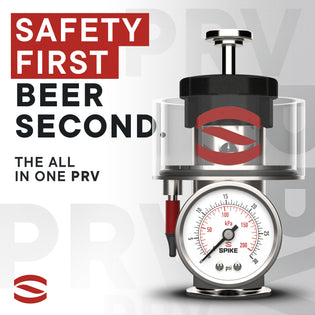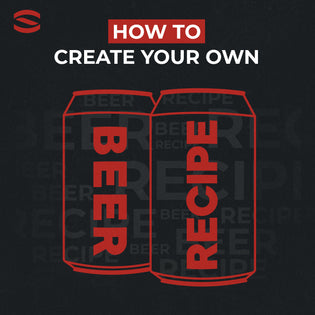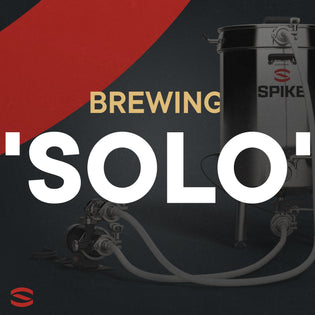By Matt Dailey
Creating a simple, easy to brew recipe, doesn’t have to be difficult. This blog will cover a brief overview of how to best choose a beer style and start gathering ingredients for your best brew yet!

Starts With Stainless
It all starts with equipment. If you're just getting started, check out the Spike Beginner Bundle. It's equipped with everything (yes, everything) you need from start to finish.

Choose A Style
Deciding on a style can be daunting, but remember, we’re keeping it simple. Start with something that can be easily fermented at room temperature, or whatever ambient temperature your fermentation vessel is stored in. For most, that's about 68° Fahrenheit. This is the center range of most ale yeasts.

Happy Yeast= Happy Beer
There are so many different yeast strains out there, so the best place to start is with a dry yeast packet. Safale S-O5 or Safale S-04 are great options for a variety of beer styles. S-05 is more dry American yeast and S-04 leaves more body and is an English strain. For my taste buds I prefer S-05, but I’m not the one drinking this beer—you are.

Let us take the guesswork out for you! Check out our easy to follow recipe kits!
Pick Your Malt
You'll need about 10 pounds of malt. In the spirit of simplicity, we're starting with American 2 row barley. It’s clean in taste and makes for a great base malt. Most beers use a variety of malts in the total grain bill. Adding 1/2 pound of Caramunich 60 malt adds a bit of character and color to the beer.

Mash this together for 60 minutes at 150°F. Recirculate if possible. If not, do a batch sparge and put ½ of your mash water in first. If you’re unfamiliar with calculating water/grain ratios there are plenty of websites out there geared to help you calculate this. I used to use one called captainbrew.com. You’ll just need to put in your grain weight.
Add Your Hops
The last part of writing a recipe is hop additions. Here we have our basic hop additions at 60 minutes, or the start of the boil, and as late as flameout, which is the very end of the boil. For this recipe, we're using Columbus and Citra hops.

Adding hops at 60 minutes adds bitterness while anything after 30 minutes adds aroma. We're going to shoot for about 30 IBUs in total.
First will be a 60 minute addition of .4 ounces of Columbus which normally is around 14% Alpha Acids. These alpha acids are what adds bitterness to your beer and this first addition is going to get us 23IBUs.
Add another 30 minute addition .3 ounces Citra. Lastly we’ll do another addition .3 addition of Citra at 5 minutes.
This beer will come in at around 30 IBUs. It won't be overly bitter or hoppy, but will be fresh and drinkable.
The ABV on this beer should get you somewhere in the neighborhood of 5%.
Enjoy the Process
Designing beer recipes doesn’t have to be hard. Keeping it simple often is the best way to create a good beer. It takes a lot of practice to figure out what malts work together as well as when to add hops. These are all things that will develop in your brewing over time.
Be patient and diligent. As one of my good brewing friends says, you’re the technician who is working through a process. It's your job to take notes while monitoring processes, and maintain consistency in all that you do. Cheers!
Matt Dailey lives in Titusville, Pennsylvania and is a high school emotional support teacher. He has a bachelor's degree in history from Southern Illinois University and a Masters in Special Education from Slippery Rock University. He and his wife have 2 boys, ages 4 and 1. If he’s not spending time with his family or brewing and the weather allows, you can find him on the golf course.






